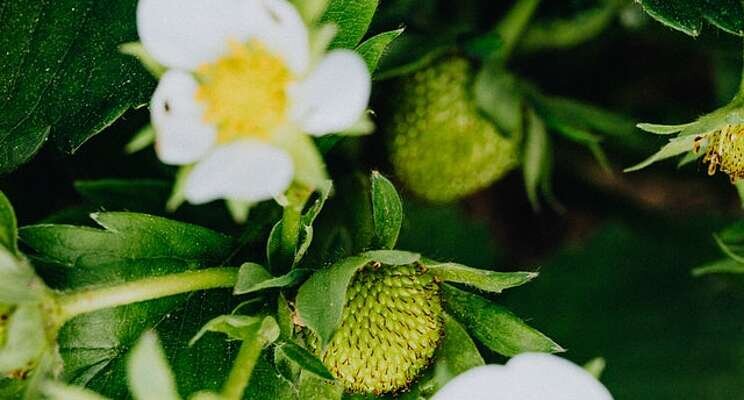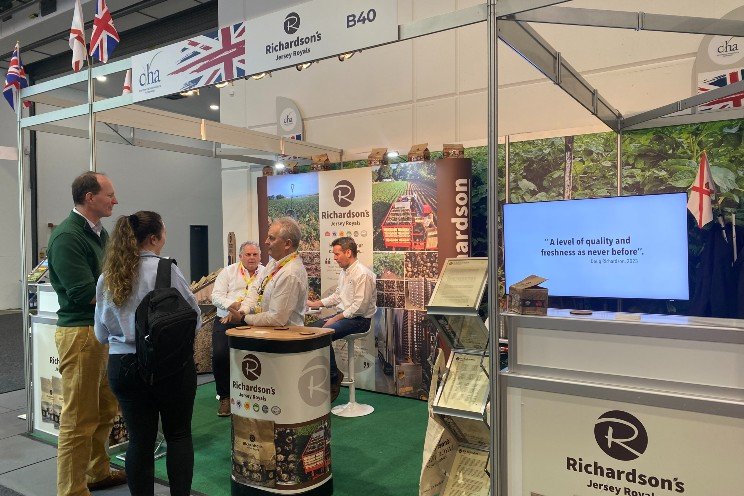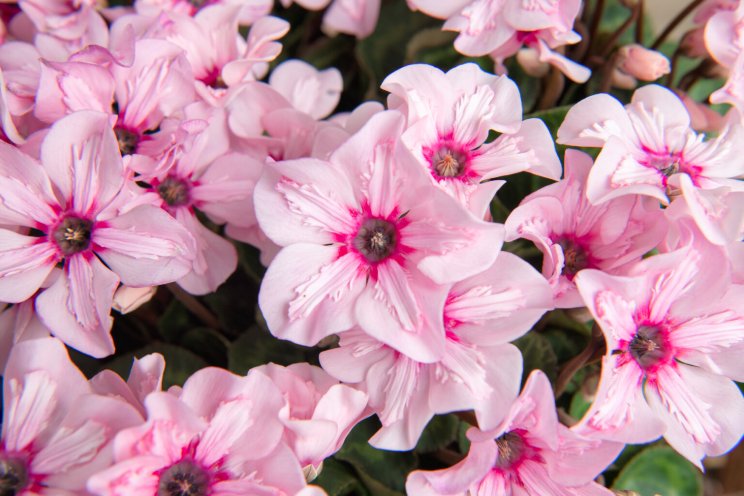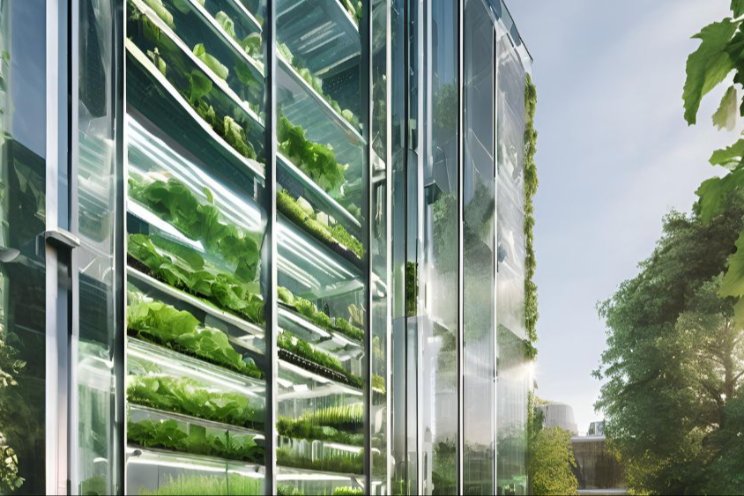Pest management solutions for strawberries
Added on 30 June 2022

There are two types of photoperiodic strawberries, short-day and everbearing. Their flowering response is affected by temperature and photoperiod interactions. Short-day cultivars have an obligate short-day response. In most geographical locations, the high temperatures and long days of the summer season will not allow year-round production with short-day cultivars.
Everbearing have a facultative long-day response and will produce year-round with optimal temperatures. Growers can expect repeated flowering, with gaps between flowering flushes. However, targeting a first harvest to maximize the holiday market is difficult. By using a super-forced conditioning technique with short-day cultivars, growers can overcome this problem.
Starting in mid-August, short-day strawberry cultivars are conditioned with a short-day photoperiod and lower temperatures — 16-hour nights at 57şF to 59şF for three to five weeks until flower primordia are confirmed. A first harvest can be expected in late November, with continuous flowering throughout the season.
Continue reading.
Photo created by Karolina Grabowska - www.pexels.com
Source: GreenHouse Power
More news















